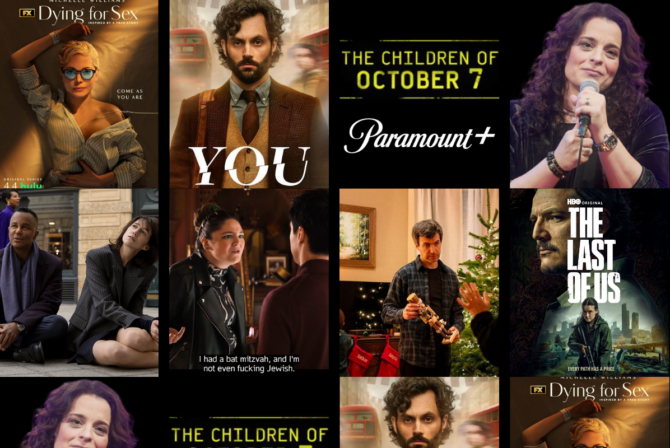It first happened right after I got married. I was at a rundown antique mall and there it was: someone’s abandoned brass menorah, with Hebrew written on it, and made in Israel. The sales tag said only, “Candelabra.” I bought it.
Other purchases soon followed. Antique stores, thrift stores, rummage sales–it was like the Land of Misfit Toys in my house, but Misfit Judaica. Each time I ran into something, I felt a sense of obligation to rescue these once-loved objects, because who else but me would just happen to be shopping in these crazy, out-of-the-way places—who would find this stuff, and know what they were? Who else would dust them and polish them up, love and use them again?
I bought a lot. I bought menorahs with five arms, six arms and seven. I bought Hanukkiot. I even bought a five-foot standing menorah that I eventually donated to a fledgling synagogue when I realized that I had crossed the line from decorating with Judaica into buying actual synagogue décor.
My house was starting to look like synagogue gift shop.
Clearly, there was more going on than mere obligation. I was creating my Jewish home in Jewish objects. Jewish objects that would have been mine, should have been mine, but were stolen by the occurrence of World War II.
My parents and grandparents were all Holocaust survivors, my mother’s family escaping their village and living in the forest of Poland, and my father’s family, fleeing the Nazis, running towards the Russians and ending up in Siberia. They didn’t exactly escape their respective villages carrying their Judaica heirlooms. Or maybe they did, but eventually they were traded away–for food, for medicine, for clothing, for shoes, for milk.
Also stolen in the war was my parents’ sense of ease and comfort with Judaism. As a college student I literally had to claw my way back into my own religion and raise myself Jewish. And what I found after everything I read, every lecture I attended, every class I took, is that there’s the Judaism inside me and the Judaism outside. So the more I built my Jewish self, the more I wanted it reflected in my home, even when that home was a crumbling apartment near campus. And I did this until, yes, I had a five-foot-tall menorah in my dining room which ends up donated to a fledgling synagogue.
I assembled the Judaism outside of me, my home. I moved on to Judaica stores after I cleaned out the antique stores and I was their best customer. I bought Seder plates and salt water cups for Pesach and Shabbat plates and challah cutting boards and knives. I bought a yad, the little pointer hand you use to read the Torah. I decorated the doorways of my home with mezuzot and then, since I couldn’t afford everything at once, I bought one kosher mezuzah scroll a month and replaced the photocopied ones inside. I bought Shabbat candlesticks and boxes of candles. I bought dreidels–large ones, small ones, spinning ones, light up ones, openable ones that I filled with smaller ones—and Hanukkah gelt. I bought noisemakers and masks for Purim, and I bought bags of plagues for Passover and a kid-sized, stuffed lulav and etrog. My husband builds a sukkah.
No, I don’t have the heavy silver candlesticks that probably would have been my personal Judaica inheritance had the war not intervened and destroyed the lives my family knew. But I’ve reclaimed my family’s Jewish past and assembled it all around me, one Kiddush cup at a time.







